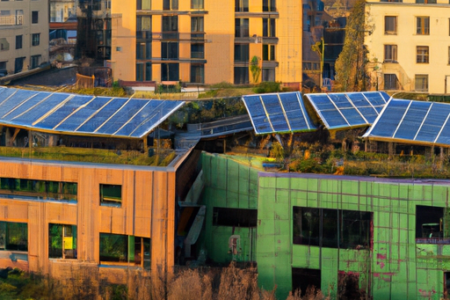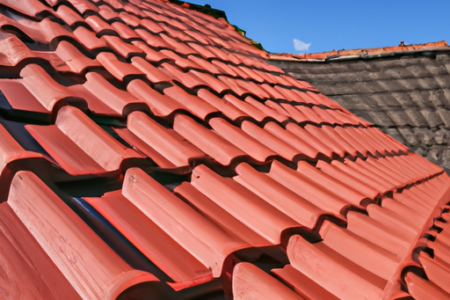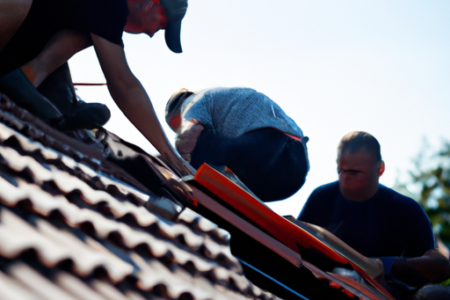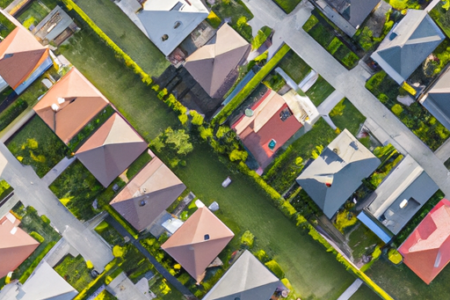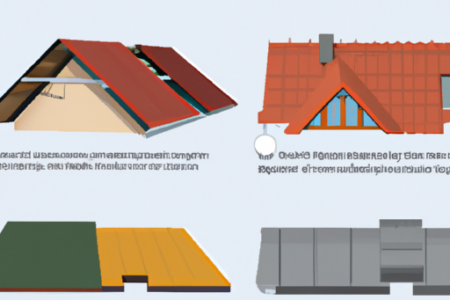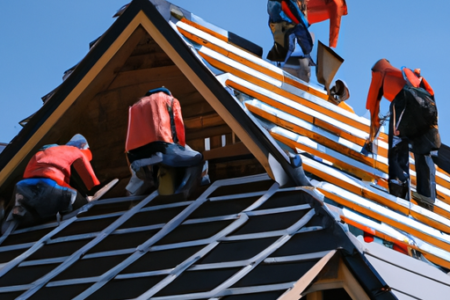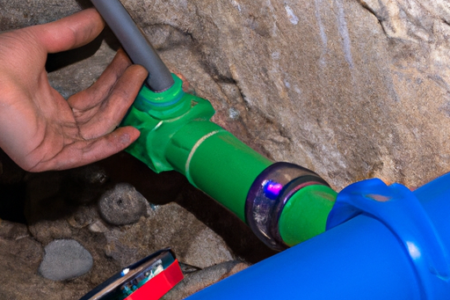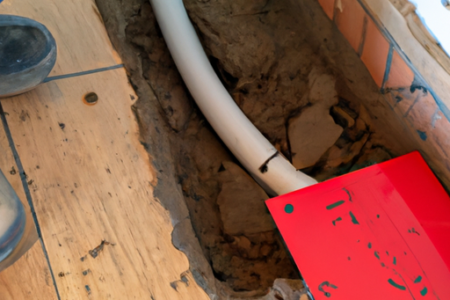Sustainable innovations in roof construction are pioneering the way for greener buildings, offering environmentally friendly and cost-effective solutions. Green roofs, covered with vegetation, provide insulation and manage stormwater runoff, reducing drainage burden and water pollution. Solar roofs incorporate photovoltaic panels into traditional materials, generating renewable energy and reducing reliance on fossil fuels. Eco-friendly and recyclable roofing materials minimize environmental impact while offering durability and energy efficiency. Advancements in insulation materials improve energy efficiency and comfort, while innovative manufacturing techniques reduce waste and construction time. These innovations not only benefit the environment but also yield long-term cost savings, shaping the future of roof construction.
